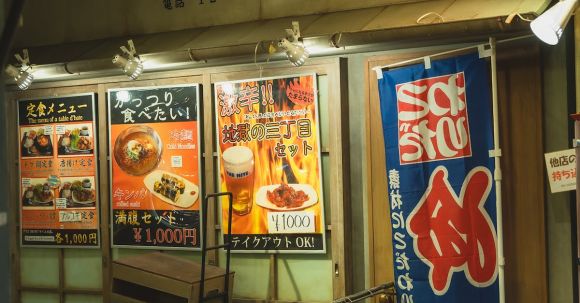Menu pricing plays a crucial role in the success of a restaurant. Setting the right prices can help attract customers, maximize profits, and ensure the long-term viability of the business. However, determining the optimal pricing strategy can be challenging. In this article, we will explore the best practices for menu pricing in restaurants.
Understand Your Costs
Before setting menu prices, it is essential to have a clear understanding of your costs. This includes not only the cost of ingredients but also overhead expenses such as rent, utilities, and labor. By accurately calculating your costs, you can ensure that your prices cover expenses and allow for a reasonable profit margin.
Consider Food Costs Percentage
One common practice in menu pricing is to aim for a target food cost percentage. This percentage represents the portion of revenue that goes towards the cost of ingredients. While the ideal food cost percentage can vary depending on the type of restaurant and its target market, a general guideline is to aim for a food cost percentage of around 30-35%. This allows for a reasonable profit margin while keeping prices competitive.
Analyze the Competition
Another best practice in menu pricing is to conduct a thorough analysis of your competition. By researching other restaurants in your area, you can get a sense of the pricing trends and expectations of your target market. This information can help you set prices that are competitive yet profitable. However, it is important not to simply copy the prices of your competitors. Instead, use the information as a guide to inform your pricing decisions.
Consider Value Perception
When setting menu prices, it is crucial to consider the value perception of your customers. Value perception refers to how customers perceive the value they are receiving in relation to the price they are paying. Offering high-quality ingredients, unique flavors, or exceptional service can enhance the perceived value of your menu items and justify higher prices. Conversely, if customers feel that the prices are too high for what they are receiving, they may choose to dine elsewhere.
Use Psychological Pricing Techniques
Psychological pricing techniques can also be effective in influencing customer behavior. For example, using charm pricing, which involves setting prices just below a round number (e.g., $9.99 instead of $10), can create the perception of a lower price. Additionally, using tiered pricing, where you offer different portion sizes or combinations at different price points, can give customers more options and increase the likelihood of upselling.
Regularly Review and Adjust Prices
Menu pricing is not a one-time decision. It is important to regularly review and adjust prices based on various factors such as changes in ingredient costs, customer feedback, and market trends. By keeping a close eye on your prices and making necessary adjustments, you can ensure that your menu remains competitive and profitable.
Train Staff on Menu Pricing
Lastly, it is crucial to train your staff on menu pricing. They should be knowledgeable about the prices of each item, any specials or promotions, and be able to confidently explain the value of menu items to customers. Well-informed staff can help create a positive dining experience and increase customer satisfaction.
In conclusion, menu pricing is a critical aspect of running a successful restaurant. By understanding your costs, analyzing the competition, considering value perception, using psychological pricing techniques, regularly reviewing and adjusting prices, and training your staff, you can implement best practices that will help maximize profits and attract customers. Remember, finding the right balance between profitability and customer satisfaction is key to long-term success in the restaurant industry.
